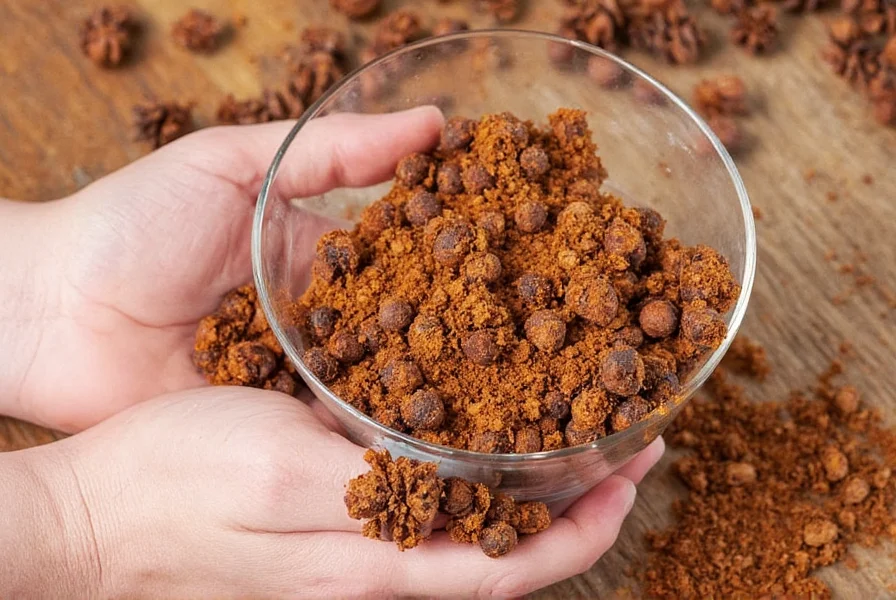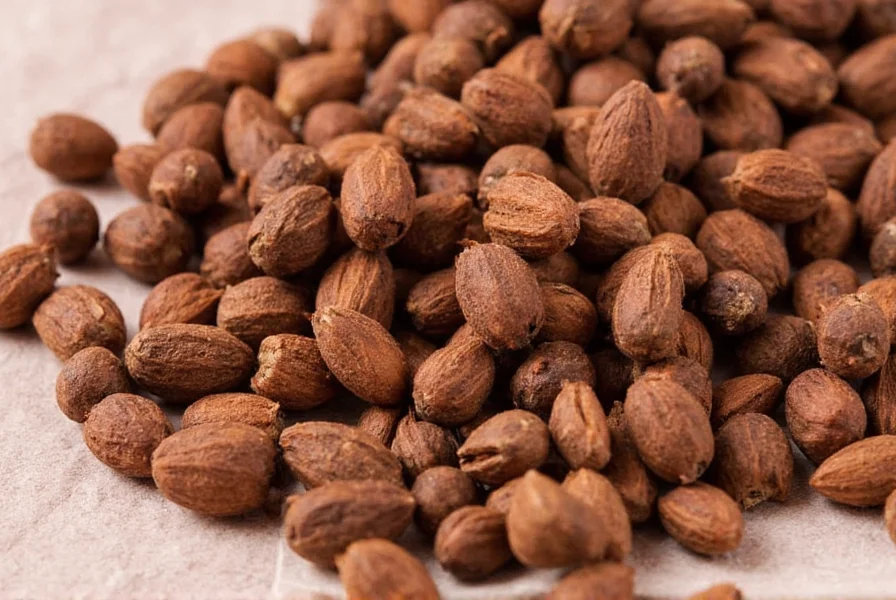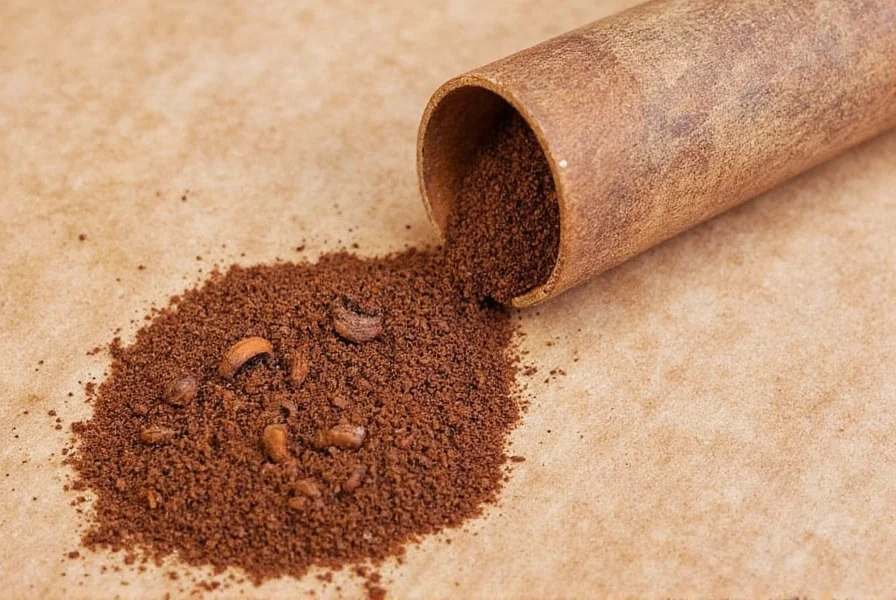Allspice remains one of the most misunderstood spices in the culinary world. Despite its name implying a mixture, this versatile seasoning comes exclusively from Pimenta dioica, an evergreen tree in the myrtle family. The name "allspice" originated in 17th century England when British explorers noticed its flavor profile combined elements of several popular spices.
The Botanical Source of Allspice
The Pimenta dioica tree grows up to 30 feet tall in tropical climates and produces small white flowers that develop into green berries. Harvesters pick these berries when they're still unripe and soft. The critical transformation happens during the drying process: as the berries dry in the sun, they shrink to pea-size, turn reddish-brown, and develop their characteristic aroma and flavor.

Why It's Called Allspice When It's a Single Ingredient
The misnomer "allspice" perfectly captures why this spice causes so much confusion. When you smell or taste allspice, your senses detect notes reminiscent of:
| Spice Component | Percentage of Flavor Profile | Chemical Compound Responsible |
|---|---|---|
| Cinnamon-like warmth | 40% | Eugenol (60-80%) |
| Clove-like pungency | 30% | Terpenes |
| Nutmeg-like earthiness | 20% | Quercetin |
| Peppery finish | 10% | Caryophyllene |
This unique chemical composition creates the illusion of multiple spices in one. Food historians believe English merchants deliberately named it "allspice" to increase its market appeal during the spice trade era.
How Allspice Production Works
The journey from tree to spice jar involves precise timing and traditional methods:
- Harvesting: Workers pick berries when they reach ¼ inch diameter but remain green and soft
- Drying: Berries spread on mats and sun-dried for 8-14 days, turning from green to brown
- Sorting: Quality control removes defective berries and foreign matter
- Processing: For ground allspice, berries are milled while whole allspice goes directly to packaging
Jamaica produces approximately 50% of the world's allspice, with the remaining supply coming from Guatemala, Honduras, and Mexico. The volcanic soil and tropical climate in these regions create ideal growing conditions for Pimenta dioica trees.
Culinary Applications of Authentic Allspice
Chefs prize allspice for its versatility across both sweet and savory applications. Unlike spice blends that lose complexity when heated, allspice maintains its distinctive flavor profile through cooking. Traditional uses include:
- Jamaican jerk seasoning (essential ingredient)
- Pumpkin pie spice blends (though it's already a complete flavor)
- Marinades for meats, particularly pork and game
- Preserving fruits like damson plums
- Adding depth to stews and soups
- Flavoring baked goods from gingerbread to spice cakes

Whole Berries vs. Ground Allspice: What's Better?
For maximum flavor retention, whole allspice berries outperform pre-ground versions significantly. The essential oils responsible for allspice's distinctive aroma begin evaporating immediately after grinding. Consider these storage facts:
- Whole berries maintain peak flavor for 2-3 years when stored in airtight containers
- Ground allspice retains optimal flavor for only 6-12 months
- Freezing whole berries extends freshness up to 5 years
- Grind berries only as needed using a dedicated spice grinder
Common Misconceptions About Allspice
Several myths persist about this misunderstood spice:
- Myth: Allspice is a blend of cinnamon, cloves, and nutmeg
Fact: It's a single spice from one botanical source - Myth: Allspice contains actual pepper
Fact: Its peppery note comes from natural compounds, not black pepper - Myth: Allspice works as a direct substitute for pumpkin pie spice
Fact: Pumpkin pie spice contains allspice plus additional spices
Authentic Allspice Substitutes
When you run out of allspice, these combinations can approximate its complex flavor:
- For 1 teaspoon allspice: ½ tsp cinnamon + ¼ tsp nutmeg + ¼ tsp cloves
- For baking applications: ¾ tsp cinnamon + ¼ tsp ground cardamom
- For savory dishes: ½ tsp cinnamon + ¼ tsp cloves + ¼ tsp ground black pepper
Remember that substitutes never fully replicate authentic allspice's nuanced flavor. The unique combination of compounds in Pimenta dioica berries creates a synergy that simple spice blends cannot match.
Frequently Asked Questions About Allspice
Is allspice really made from multiple spices?
No, allspice comes exclusively from the dried berries of the Pimenta dioica tree. Despite its name suggesting a blend, it's a single spice that naturally contains compounds giving it flavors reminiscent of cinnamon, cloves, and nutmeg.
What gives allspice its distinctive flavor profile?
Allspice contains eugenol (60-80%), which provides clove-like notes, along with terpenes, quercetin, and caryophyllene that create cinnamon, nutmeg, and peppery elements. This unique chemical composition occurs naturally in the Pimenta dioica berry.
Can I substitute allspice for pumpkin pie spice?
Not directly. Pumpkin pie spice actually contains allspice plus additional spices like ginger and cinnamon. For recipes calling specifically for pumpkin pie spice, use a blend of 1 part allspice, 2 parts cinnamon, and ¼ part each of ginger and nutmeg.
Why does my allspice lose flavor so quickly?
Ground allspice loses its volatile oils rapidly. For longest shelf life, purchase whole berries and grind them as needed. Store in an airtight container away from light and heat. Whole berries maintain peak flavor for 2-3 years, while ground allspice lasts only 6-12 months.
Is Jamaican allspice different from other varieties?
Yes, Jamaican allspice is considered superior due to the island's volcanic soil and ideal climate. It contains higher concentrations of eugenol (70-80% vs 60-70% in other varieties), resulting in a more complex, well-rounded flavor profile with less harshness than allspice from other regions.











 浙公网安备
33010002000092号
浙公网安备
33010002000092号 浙B2-20120091-4
浙B2-20120091-4